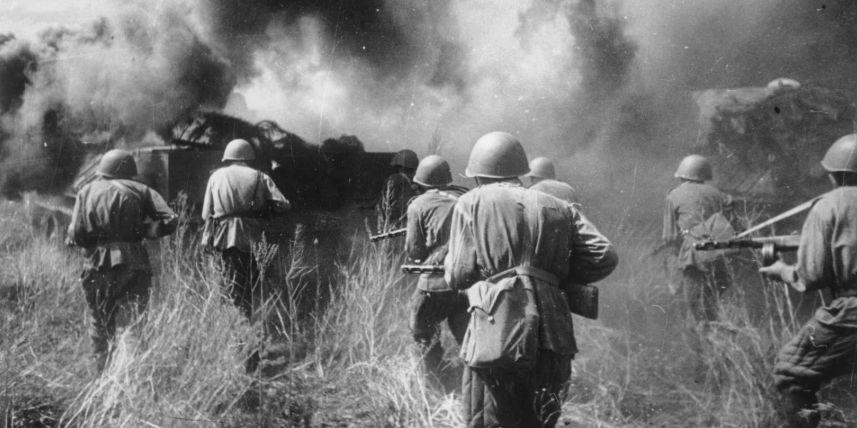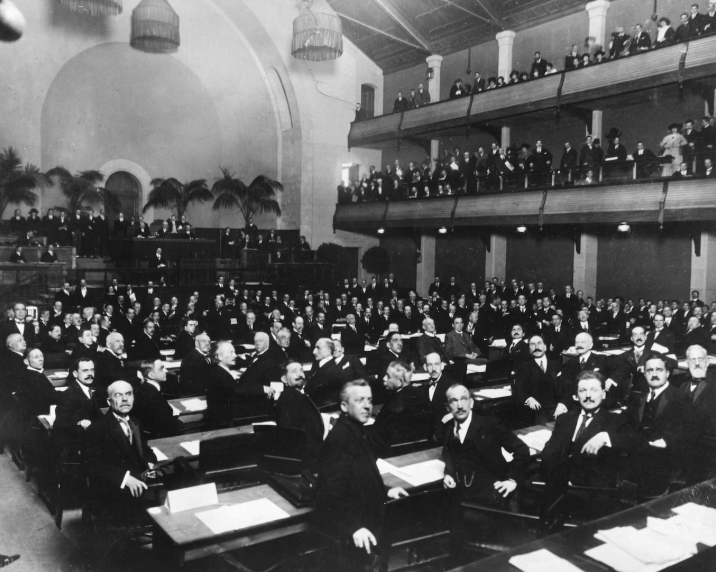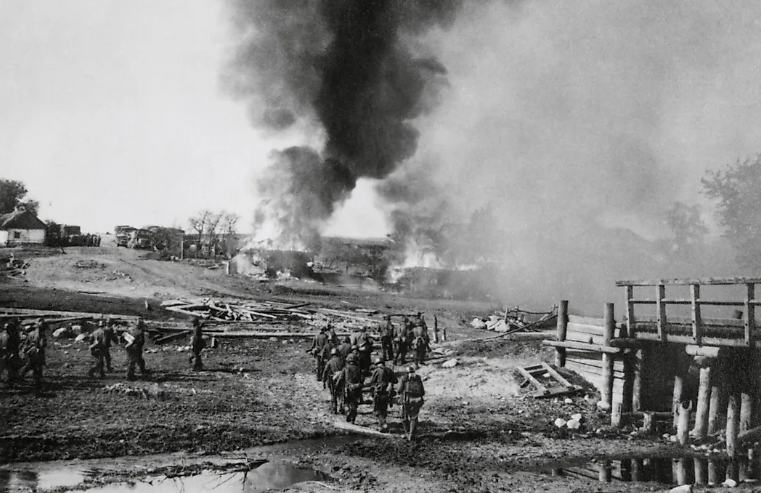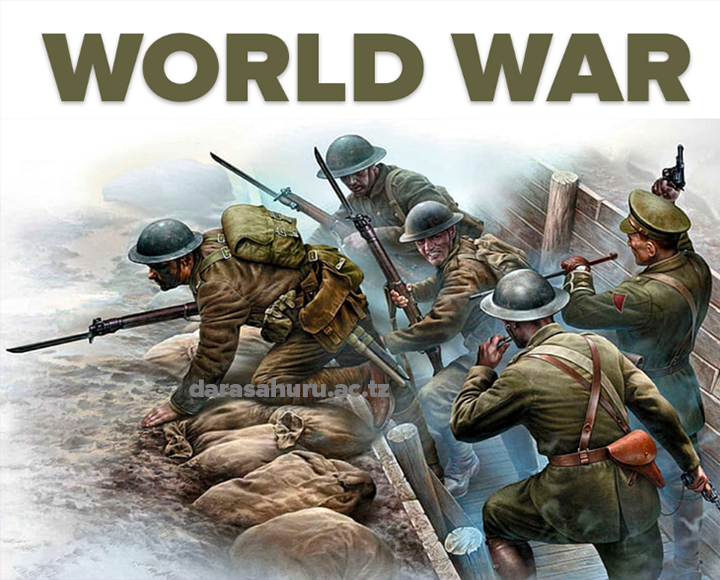The First World War and The Second World War Causes and Impacts
The First World War (World War I), the second world war, the league of nation, the causes of the first world war, the causes of the second world war, the effects of the first world wars, the impacts of the second world war.
A. The First World War (World War I) 1914-1918
War refers to fighting between two or more conflicting parties. A world war is a war that is fought between many countries in different parts of the world, usually over long periods of time.
World war I was fought between 1914 to 1918
Its was fought between the Allied Forces and the Central Powers.
The Allied Forces included; Britain, France, Russia, and the USA.
The Central Powers comprised of; Germany, Turkey, Bulgaria, Austria and Hungary.
Causes of The First World War (World War I)
- Economic rivalry due to the need to acquire raw material and markets created tension among European powers.
- The need for colonies created friction and mistrust among European powers.
- Disputes over Morocco intensified enemity between Britain and Germany and France.
- Arms race led to mistrust between European powers.
- The system of alliances created tension between the Triple Alliance and the Triple Entente.
- France wanted to revenge her defeat which she suffered during the Franco-Prussian war.
- The need by nationalities in the Balkans to be free from Turkish rule who were supported by European powers.
- The assassination of the arch duke of Austria, Franz Ferdinand in Sarajevo led to outbreak of the war.
The Course of The First World War (World War I)

The war followed the following course between 1914 and 1918;
- The tension between Austria, Hungary and Serbia sparked off the war. Austria declared war on Serbia on 28th July 1914.
- Russia mobilized her forces in support of Serbia on 1st August 1914.
- Germany declared war on Russia and France on August 3rd 1914.
- Britain declared war on Germany 4th August 1914.
- The war was fought on three major fronts; Western Front, Eastern Front, and War at Sea.
- Germany attacked Western powers who included Britain and France before attacking Russia with the support of Turkey and Bulgaria.
- In 1917 U.S.A. joined the Allied forces and in the following year, the war came to an end. One might wonder why USA had remained neutral until 1917.
Reasons why USA Remained Isolated until 1917
- The isolationist policy in international affairs, where USA isolated herself from the European affairs as demanded by the Monroe doctrine of 1823.
- U.S.A. feared an outbreak of Civil War back home because of citizens of German decent.
- U.S.A. was benefiting from the War by selling arms to both sides.
- U.S.A’s interests had not been interfered with by the War until 1917 when the Germans sunk a U.S.A. ships in the Atlantic Ocean. Machines used at war.
The Effects of The First World War (World War I)
- There was loss of life and property
- It led to creation of new states for example Yugoslavia, Czechoslovakia, Poland
- Huge sums of money was used during the War which led to poverty and slowed the pace of industrialization.
- It led to the emergence of U.S.A. as a super power.
- It led to the formation of the League of Nations.
- The Nursing profession was born.
B. The League of Nations

The League of Nations was established in January 1920 with headquarters at Geneva in Switzerland.
It was established for different reasons as follows;
- Maintain international peace and prevent another world war.
- Encourage international cooperation and arbitrate conflicts between countries.
- Sorting out predicament of displaced persons after the war.
- Improve the living standards of people throughout the world.
- Guarantee sovereignty of world countries whether small or big.
- Combating diseases and controlling drug trafficking.
Structure of the League of Nations
The League of Nations was made up of five organs;
Performance of the League of Nations
Some of the achievements of the League of Nations included;
- Establishment of the International Labour organization (ILO) which was able to improve labour conditions worldwide.
- Combating diseases and epidemics through International Health organization.
- Arbitration in conflicts between several countries eg Greece and Bulgaria, Sweden and Finland with great success.
- Established the International Court of Justice that dealt with International crimes.
- Helped war reconstruction in various countries such as Austria and Hungary.
Challenges of the League of Nations
- Lack of finances since some members never paid their contributions.
- She was not a super power but an association of nations, so most decisions depended on the goodwill of the members.
- Never had a police force or army to enforce her decisions or resolutions.
- New super powers, USA and USSR were not members.
- Veto power held by some of the members gave them more authority to make decisions on behalf of the others.
- Economic sanctions which was the main weapon used by the League of Nations never worked because many states were non-members.
C. The Second World War (World War II) 1939-1945
World War II took place between 1939 and 1945
It involved two rival groups the Allied forces and the Axis Forces
The Allied forces were; Britain, France and the USA
The Axis forces were; Germany, Italy and Japan
Causes of The Second World War (World War II)
- Violation of the Treaty of Versailles
- A weak league of Nations
- Hitler’s Ambition
- Economic Problems
- Growth of Nationalism
- Rise of Dictators eg. Benito Mussolini of Italy, Stalin of Russia
- Policy of Appeasement
- Formation of Alliances
- Territorial violations
- Arms race
The Course of The Second World War (World War II)

The war followed the following course between 1939 and 1945;
- In 1939 German invaded Poland and sparked off the war.
- In the same year, Britain and France declared war on Germany.
- In 1940, Germany invaded Denmark and Norway
- In 1941, Germany invaded the Soviet Union
- In 1942, the Allied troops landed in Algeria and Morocco.
- In 1943, Italy declared war on Germany.
- In 1944, the Allies liberated France from Germans and Belgium from central powers.
- In 1945, USA dropped atomic bomb at Hiroshima and Nagasaki which marked the end of 2nd World War.
The First World War and The Second World War Causes and Impacts
The Atomic bomb had very devastating effects on Japan, with thousands of lives lost and many more injured.
It is recorded that the bombs killed between 129,000 1nd 226,000 people.
This forced Japan to surrender unconditionally and bring the war to an end on 15th August 1945.
The Effects of The Second World War (World War II)

A. The social effects of the war included;
- Massive loss of lives
- Widespread suffeing among the people and nations
- Displacement of people
- Outbreak of infectious diseases
- Change in the status of women
- Formation of European Economic Cooperation
B. The economic effects of the war included;
- Slow economic development
- Unemployment
- Destruction of property
- Developments in engineering
- Rise in debts
- Formation of European Economic Cooperation
C. The political effects of the war included;
- Partition of Germany
- Emergence of Super Powers namely USA and USSR
- Rise of Nationalism in Asia and Africa
- Establishment of Communist Government
- Growth of Military Technology
- Formation of United Nations Organization.

